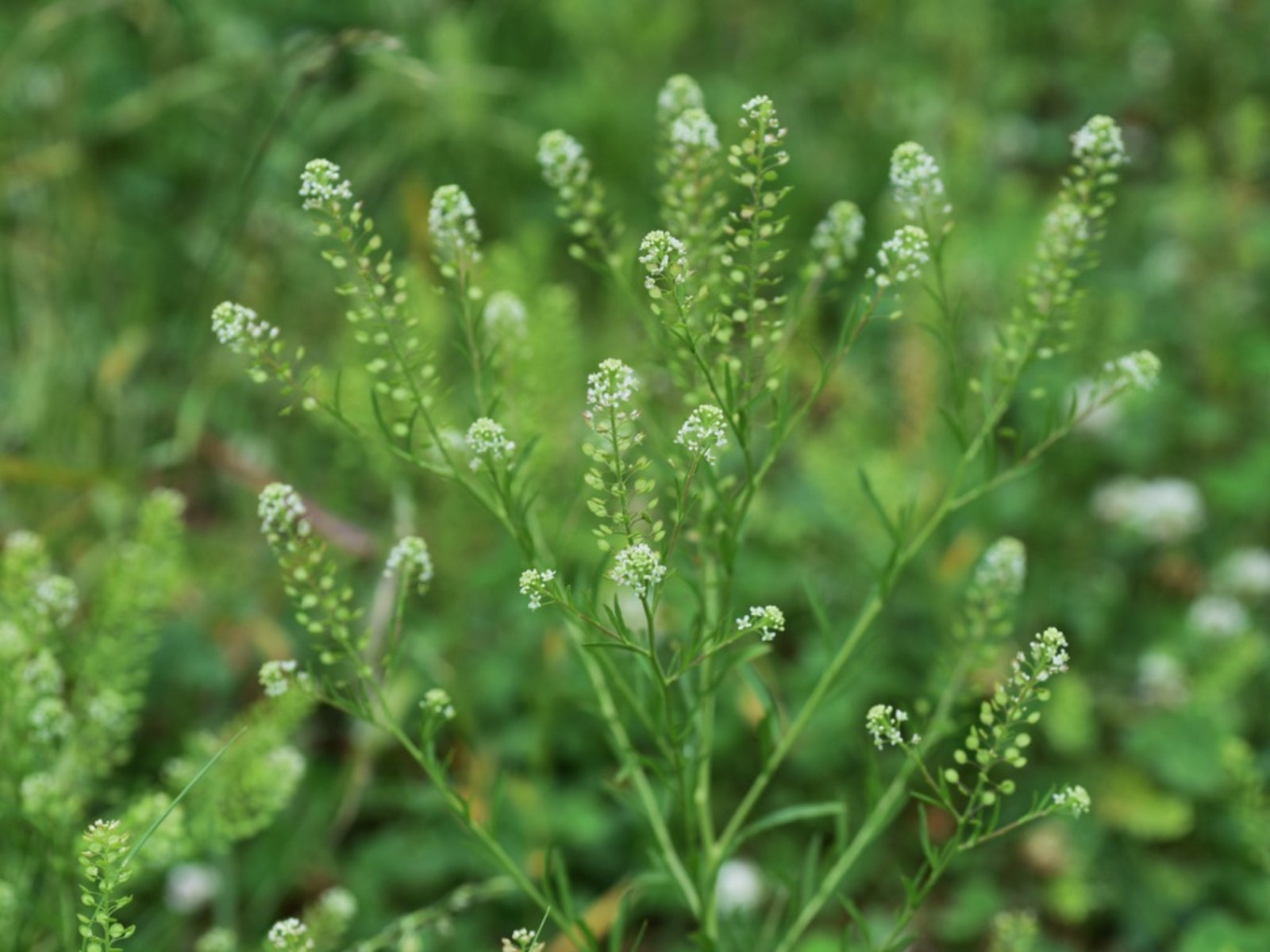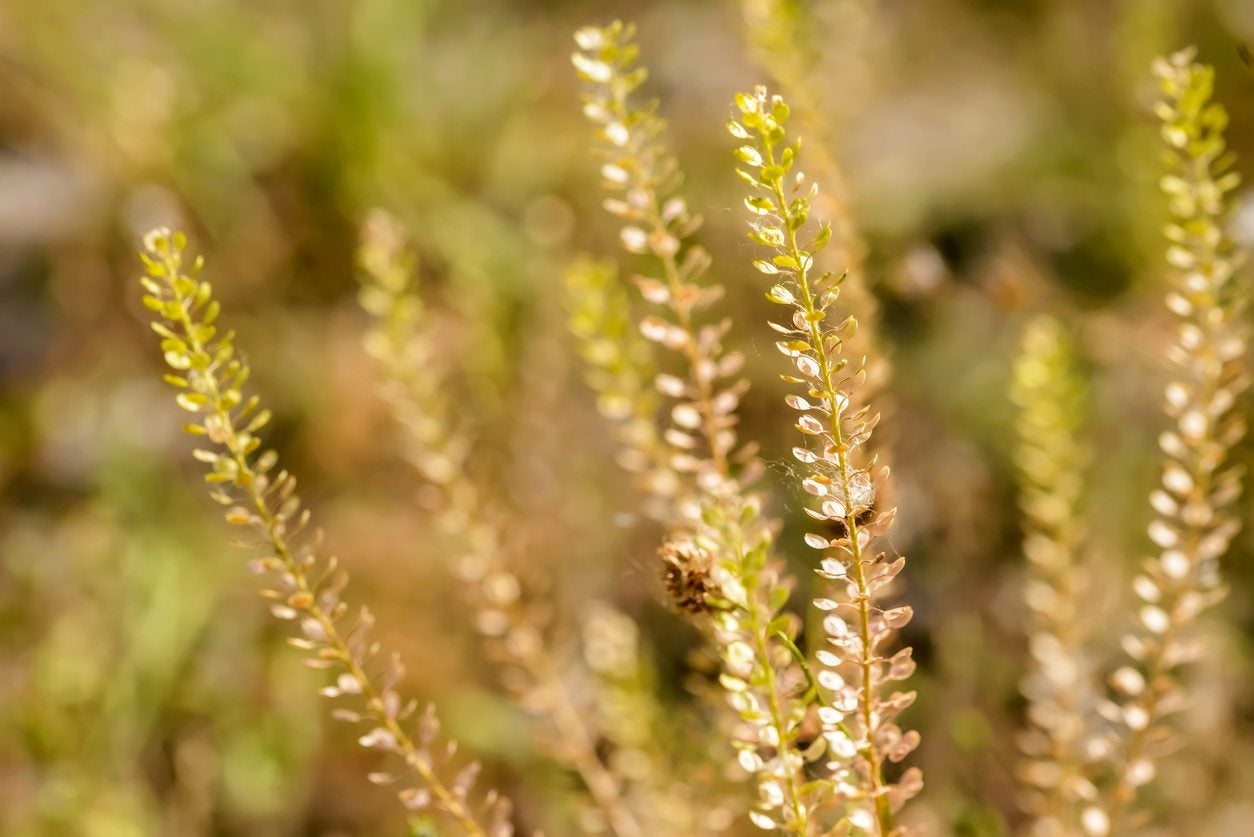What Is Peppergrass: Peppergrass Information And Care In Gardens
Peppergrass spreads quickly, but it's not just a weed. You may enjoy its sharp, peppery flavor enough to grow it in your garden.


Growing Peppergrass Plants - Learn How To Grow Peppergrass In Gardens
Peppergrass (Lepidium virginicum) is a very common plant that grows all over the place.
It was grown and eaten both in the Incan and Ancient Roman Empires, and today it can be found virtually everywhere in the United States. It spreads easily and is often treated as a weed, but many gardeners and foragers appreciate it for its sharp, peppery flavor.
Keep reading for more peppergrass information, like peppergrass uses and how to grow peppergrass.
What is Peppergrass?
Peppergrass is an annual, or winter annual, that will grow in most climates. It can thrive in many types of soil, in full sun to partial shade. It is often found in disturbed ground and in urban areas, like vacant lots and roadsides.
The plant can grow to three feet (1 m.) in height and become bushy when it has no other competition.
It starts out as a low-growing rosette that bolts upward rapidly to form long, thin leaves, small white flowers, and seed pods.
Growing peppergrass plants is very easy, as they reseed themselves and tend to spread to places they’re not wanted. In fact, peppergrass management is usually more difficult and more important than peppergrass care.
Gardening tips, videos, info and more delivered right to your inbox!
Sign up for the Gardening Know How newsletter today and receive a free copy of our e-book "How to Grow Delicious Tomatoes".
That said, it can have a useful place in the garden… with careful maintenance.
How to Grow Peppergrass in Gardens
Also called poor man’s pepper, peppergrass is part of the mustard family and has a distinct and pleasant spicy flavor. All parts of the plant are edible, and peppergrass uses have a wide range.
The leaves can be eaten raw or used in cooking the way arugula or other mustard greens would be.
The seeds can be ground up and used in the same way pepper is used. Even the roots can be pulverized and mixed with salt and vinegar for a very good horseradish alternative.
When growing peppergrass plants, remove most of the flowers before the seed pods have a chance to drop. This will ensure that some new plants grow in the spring, but they won’t overrun your garden.

The only child of a horticulturist and an English teacher, Liz Baessler was destined to become a gardening editor. She has been with Gardening Know how since 2015, and a Senior Editor since 2020. She holds a BA in English from Brandeis University and an MA in English from the University of Geneva, Switzerland. After years of gardening in containers and community garden plots, she finally has a backyard of her own, which she is systematically filling with vegetables and flowers.
-
 Moody Blooms For Spring: 8 Types Of Black Flowers To Add Drama To Spring Displays
Moody Blooms For Spring: 8 Types Of Black Flowers To Add Drama To Spring DisplaysFrom midnight burgundies to inky violets, several types of black flowers can enrich and embolden a spring display. Try these brooding bloomers for a moody garden
By Tonya Barnett
-
 Can Snake Plants Live Outside? Everything You Need To Know For Snake Plants Al Fresco
Can Snake Plants Live Outside? Everything You Need To Know For Snake Plants Al FrescoSnake plants can live outside given the right conditions, but be careful that they don't take over! Learn the best way to use snake plants in your landscape.
By Mary Ellen Ellis
